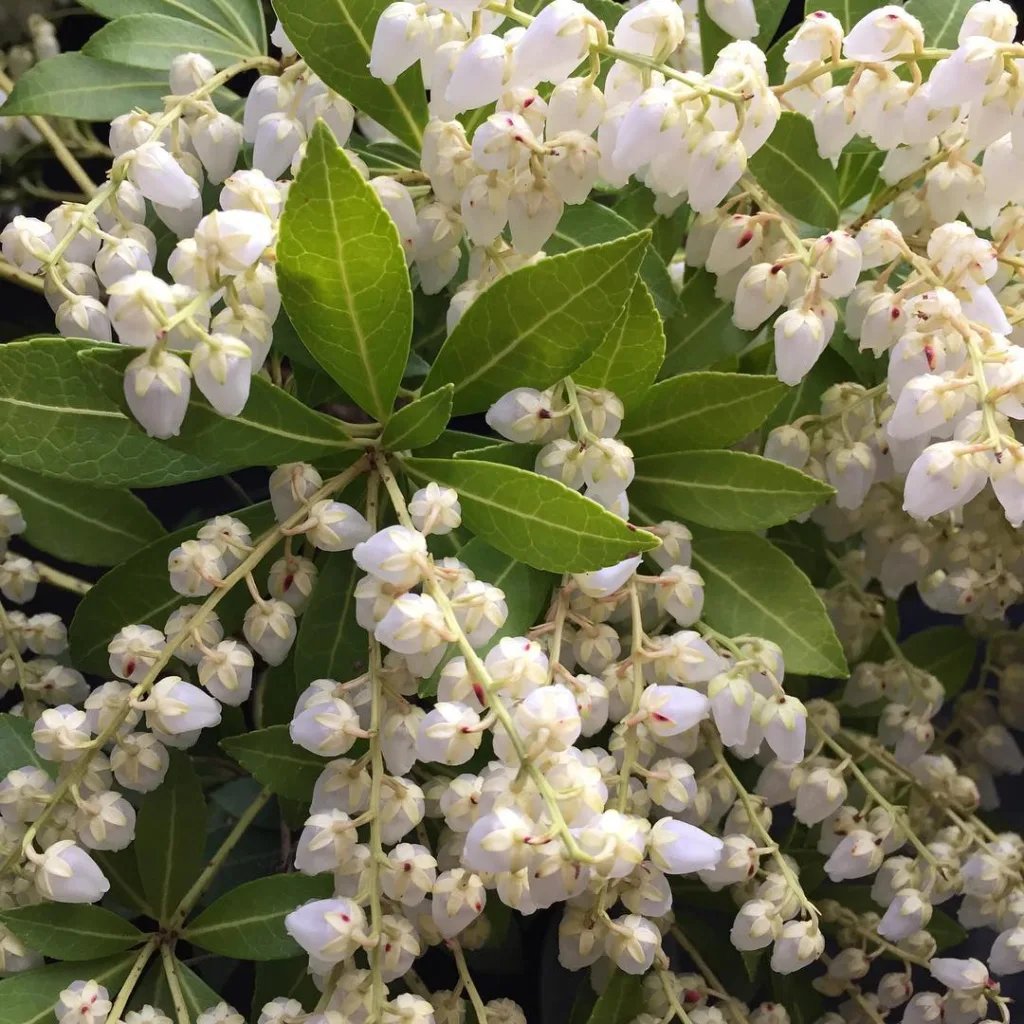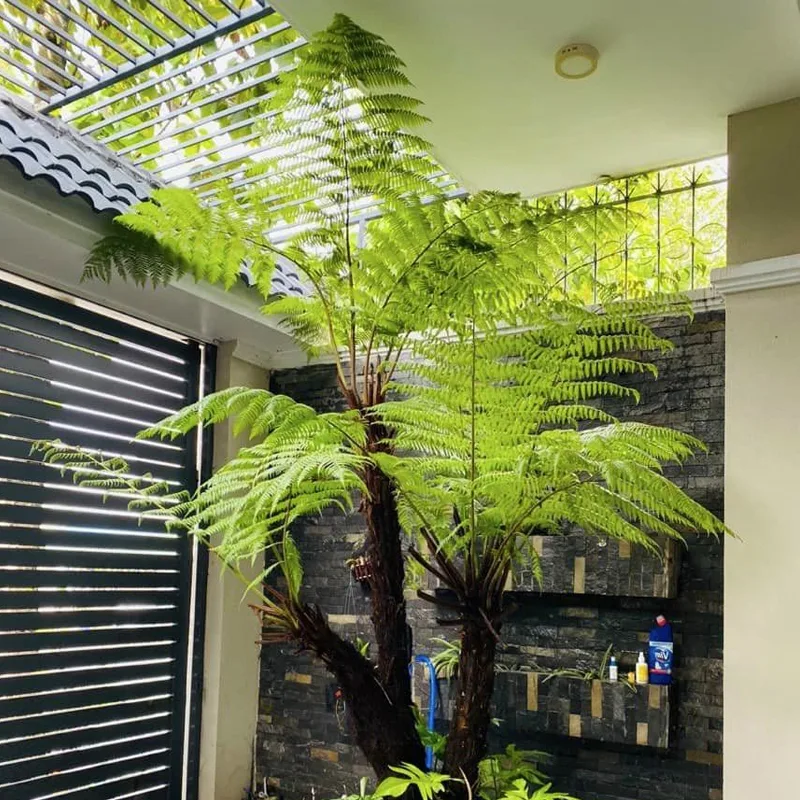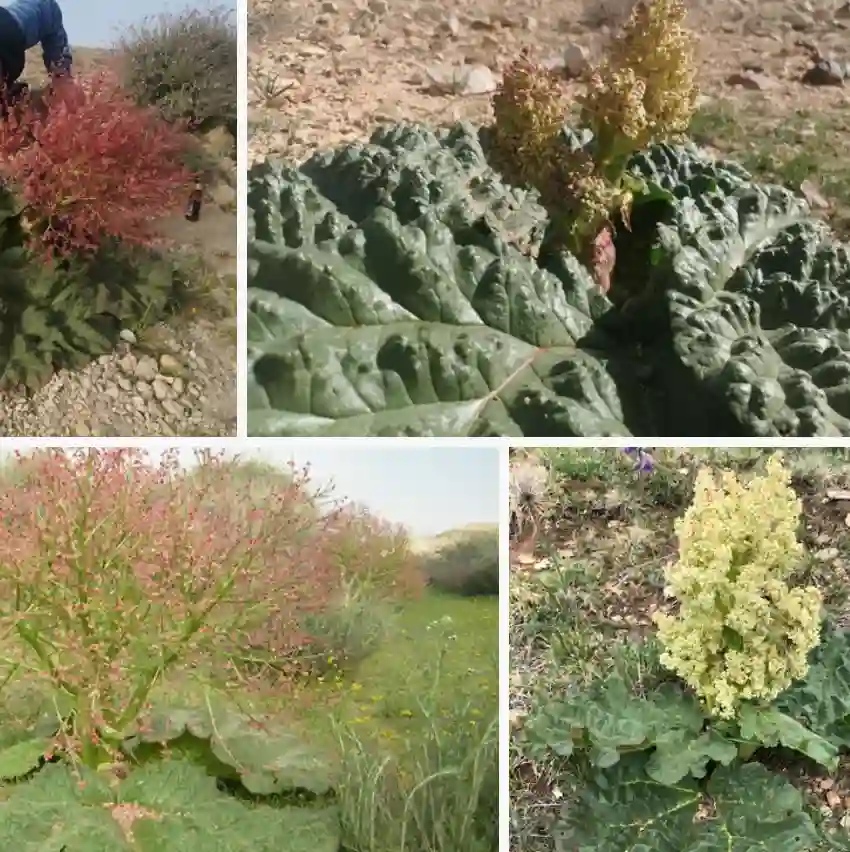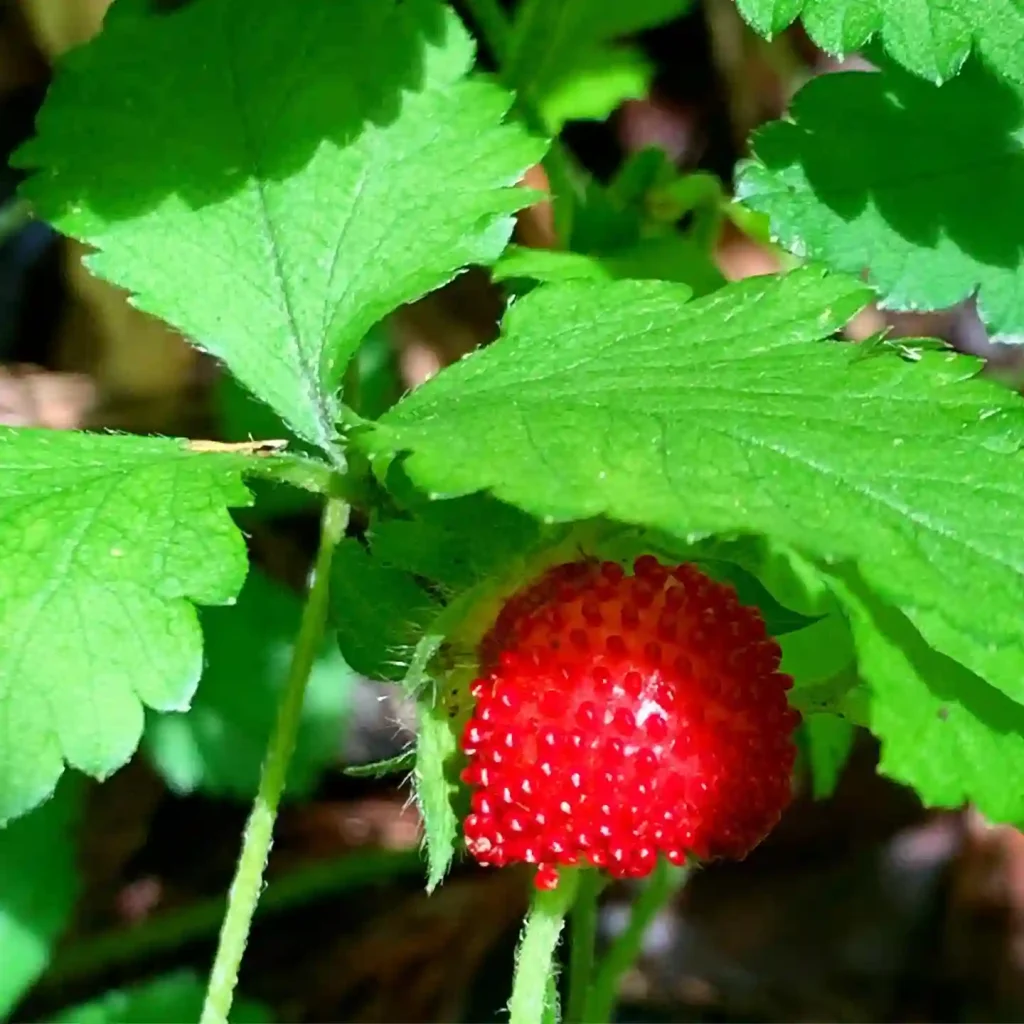A Sticky Encounter: My Adventures with Physalis heterophylla
There’s a certain thrill in discovering a new plant, especially one with a unique character like Physalis heterophylla, also known as the Clammy Groundcherry. It wasn’t exactly love at first sight. In fact, our first encounter was quite…sticky. As I brushed past a stand of these plants in a forgotten corner of my garden, my fingers became entangled in a web of fine, sticky hairs. It was an inauspicious introduction, to say the least.
But curiosity, as it often does, got the better of me. I had to know more about this curious plant with its adhesive embrace. What lurked beneath the sticky exterior? Was there beauty, or perhaps even something delicious, hiding within?
95 Species in Genus Physalis
Where Does Physalis heterophylla Grow?
My initial research revealed that Physalis heterophylla is a native North American wildflower, widespread across the eastern United States and Canada. It thrives in diverse habitats, from dry prairies and sandy soils to rocky hillsides and even disturbed areas like roadsides. This adaptability makes it a potential addition to a variety of gardens, though its slightly weedy nature might require some management.
A Sticky Situation: Friend or Foe?
The stickiness that initially startled me turned out to be a clever adaptation. The tiny hairs on the stems and leaves, along with a glandular secretion, act as a natural defense mechanism. They deter herbivores from munching on the plant, a strategy that seems quite effective.
However, this stickiness also presents a challenge for gardeners. Brushing past the plant or attempting to harvest the fruit can be a frustrating experience. Fortunately, with a little planning and forethought, Physalis heterophylla can be a valuable addition to the garden.
Unveiling the Beauty: Flowers and Fruit
Physalis heterophylla might not be the most glamorous wildflower, but it possesses a certain charm. The delicate, bell-shaped flowers, a pale yellow adorned with purple-brown spots at the base, dangle from hairy stalks. They add a touch of whimsy to the garden, particularly when backlit by the morning sun.
But the true star of the show is the fruit. Enclosed in a papery lantern-like husk, the berry ripens to a golden yellow. The thin skin gives way to a juicy, sweet-tart flesh, bursting with flavor. While some might find the taste reminiscent of a tomatillo, others detect hints of pineapple or passion fruit.
How to Care for Physalis heterophylla?
Despite its wildflower origins, Physalis heterophylla can be easily cultivated in the garden. It prefers full sun and well-drained soil. Once established, it’s quite drought-tolerant, requiring minimal watering. However, regular watering during its initial growth phase will encourage healthy development.
The sticky nature of the plant can make weeding a chore. To minimize this, consider mulching around the base of the plant to suppress weed growth. This also helps retain moisture in the soil.
How to Propagate Physalis heterophylla?
Physalis heterophylla readily spreads through seeds. Simply collect the ripe fruit when the husks turn papery brown. Extract the seeds, clean them thoroughly, and store them in a cool, dry place until spring. Sow the seeds directly into the garden after the danger of frost has passed.
For earlier harvests, you can start seeds indoors a few weeks before the last frost date. Transplant the seedlings into the garden once they have developed a few sets of true leaves.
What to Plant With Physalis heterophylla?
Physalis heterophylla can be a charming addition to a pollinator garden. Its nectar-rich flowers attract butterflies, bees, and other beneficial insects. Consider planting it alongside other sun-loving wildflowers like black-eyed Susan, coreopsis, and coneflowers to create a vibrant and ecologically beneficial space.
A Sticky Reward: Culinary Delights
Now, we come to the real prize: the fruit. Once the husks turn brown and papery, the Physalis heterophylla berries are ready for harvest. The sweet-tart flavor makes them perfect for a variety of culinary uses.
Enjoy them fresh, right off the plant, for a refreshing burst of flavor. They can also be incorporated into jams, jellies, pies, and even salsas. The tartness adds a delightful complexity to these dishes.
Beyond the Garden: Medicinal Uses
Disclaimer: I am not a medical professional and this information should not be taken as medical advice.
While the primary focus of this article has been on Physalis heterophylla as a garden plant, it’s worth noting that some historical and traditional uses of the plant exist. It’s important to reiterate that I am not a medical professional and this information should not be taken as medical advice.
Always consult with a qualified healthcare provider before using any plant for medicinal purposes.
A Sticky Surprise: A Rewarding Adventure
Physalis heterophylla has proven to be a delightful surprise. While the initial encounter might have been a bit sticky (literally!), this wildflower has revealed itself to be a valuable addition to the garden. Its adaptability, unique characteristics, and delicious fruit make it a conversation starter and a source of culinary inspiration.
There’s a certain satisfaction in cultivating a plant from seed, watching it grow throughout the season, and finally reaping the rewards of your labor. Physalis heterophylla offers that satisfaction in spades.
Here are some additional thoughts and experiences I’ve had with this fascinating plant:
- Word of Caution: As mentioned before, Physalis heterophylla can be somewhat aggressive in its spread. Be mindful when planting it, especially in smaller gardens. Consider using containers or raised beds to control its growth.
- Beyond the Berries: While the fruit is certainly the star of the show, the leaves of Physalis heterophylla can also be used. Some sources suggest they can be steeped for a herbal tea, although it’s important to consult reliable herbal resources before consuming any plant material.
- A Learning Experience: Growing Physalis heterophylla has been a learning experience. The first year, I underestimated its potential for spreading. The second year, I implemented better management practices, and the plant thrived without becoming overly invasive.
Overall, Physalis heterophylla has been a rewarding adventure. It’s a testament to the beauty and intrigue that can be found in the natural world, even in our own backyards. So, the next time you encounter a seemingly ordinary wildflower, take a moment to appreciate its unique character. You might just discover a hidden gem like the charming and surprisingly delicious Physalis heterophylla.
If i die, water my plants!



